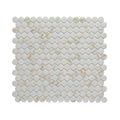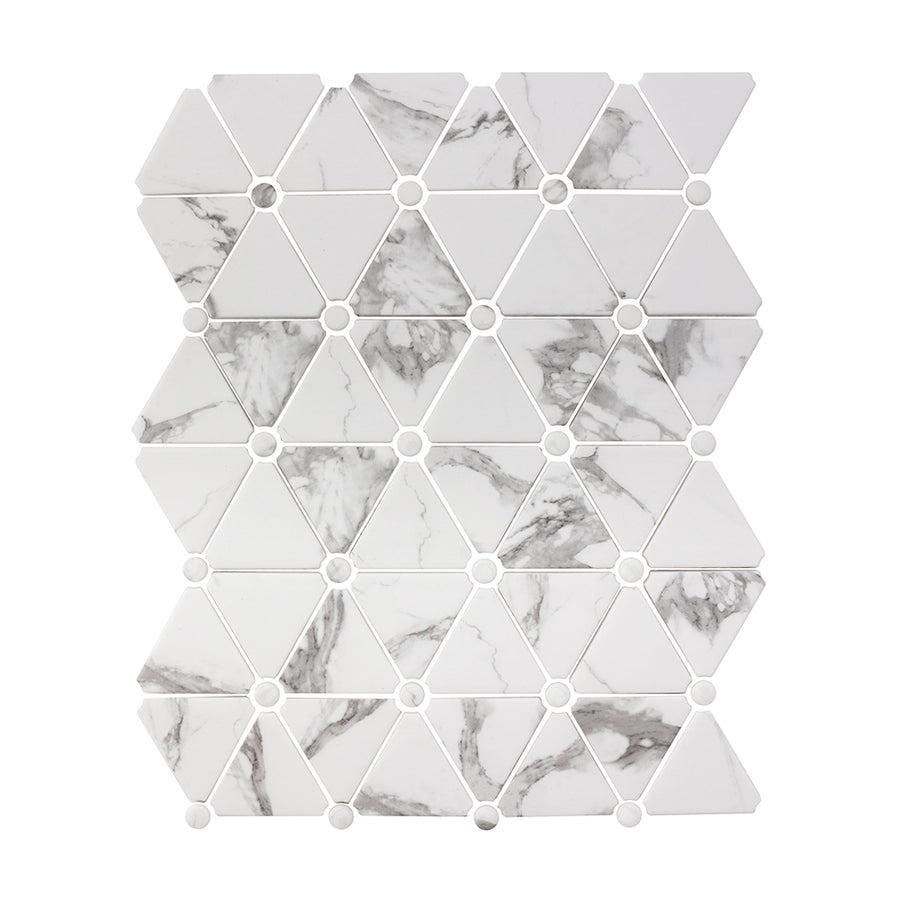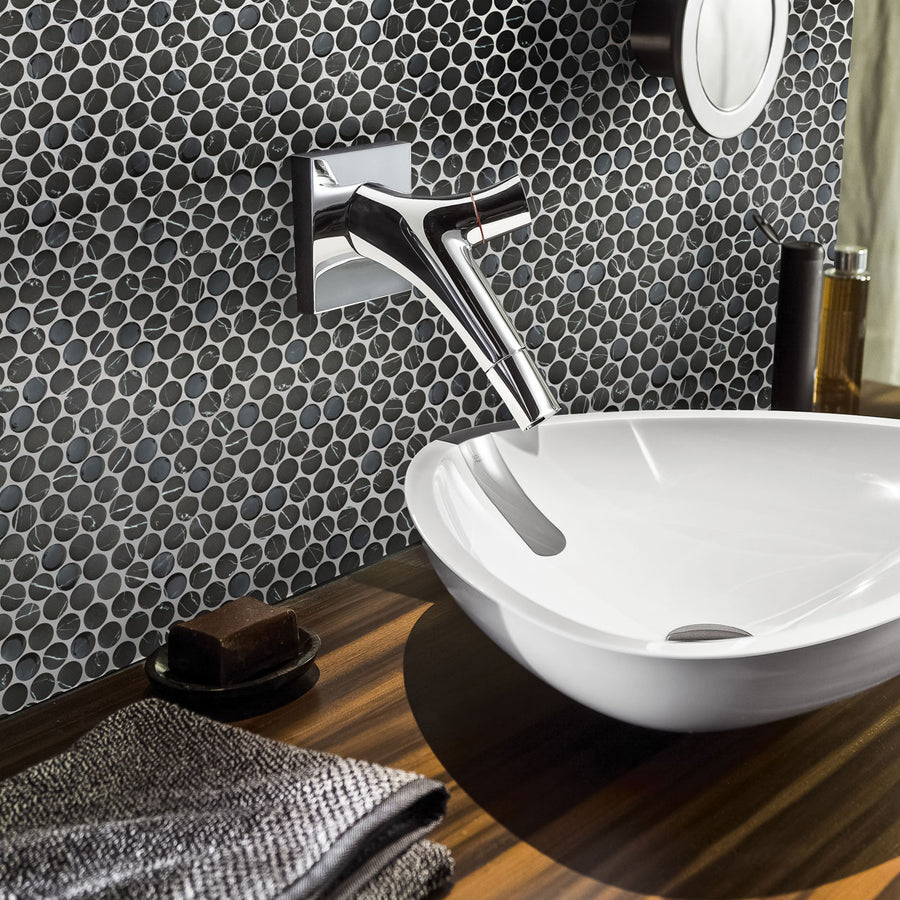Your Cart is Empty

Bathroom Walls
Choosing the best bathroom wall tile requires consideration of style, durability, and moisture resistance. Porcelain and ceramic tiles are among the most popular options, known for their water-resistant properties, easy maintenance, and wide variety of designs, colors, and finishes. These tiles are ideal for the wet environment of a bathroom,...
Choosing the best bathroom wall tile requires consideration of style, durability, and moisture resistance. Porcelain and ceramic tiles are among the most popular options, known for their water-resistant properties, easy maintenance, and wide variety of designs, colors, and finishes. These tiles are ideal for the wet environment of a bathroom, as they resist mold and mildew. For a luxurious touch, natural stone tiles like marble or slate offer a unique, high-end appearance, but they require regular sealing to protect against water damage and staining. Consider texture as well—smooth tiles provide a sleek look but may show water spots more easily, while textured tiles can add grip and visual interest. Tile size can also impact the overall feel of the space; larger tiles create fewer grout lines for a cleaner, more modern look, while smaller tiles or mosaics add intricate detail. Ultimately, choose a tile that complements your bathroom’s design while offering long-term durability and ease of cleaning.
Get a Free 1-on-1 Interior Design Consultation
In just a few minutes one of our experts will help you pick the right stone or tile and answer any questions you have.
Get a Consultation or Call 888-266-4925

























































